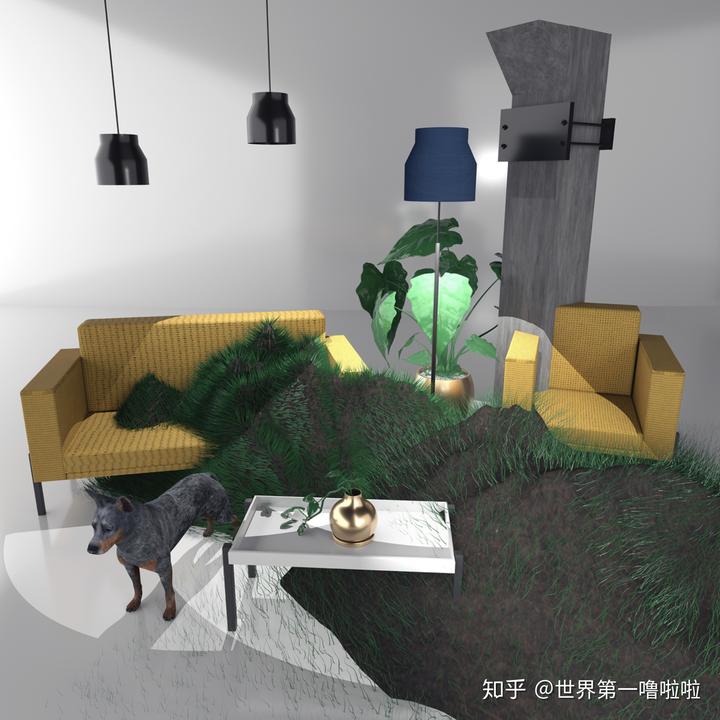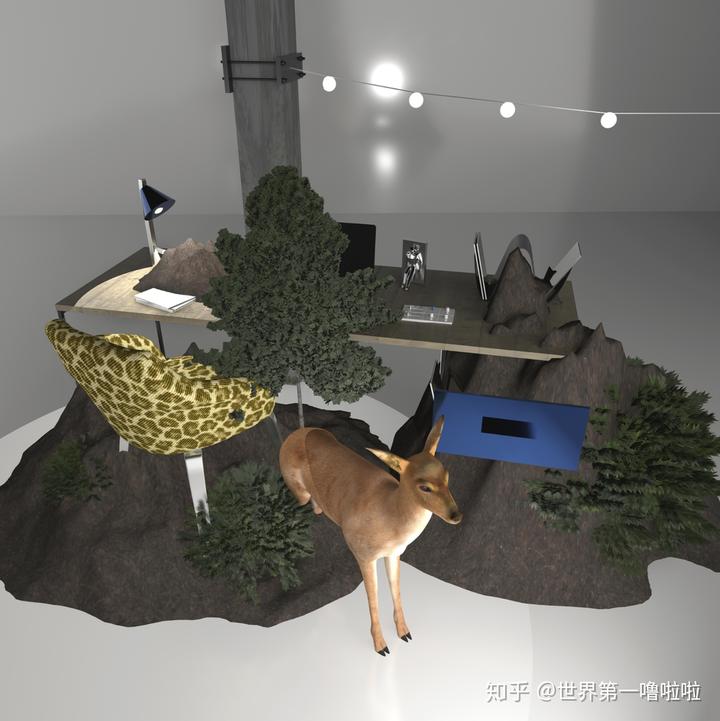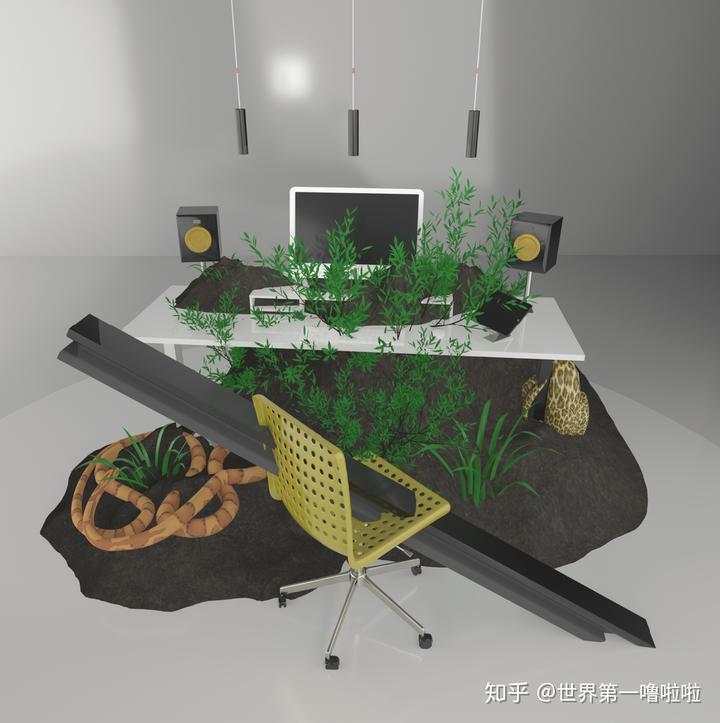D15 艺术家75
Abby ManockFox, 2010Brown paper bag, helmut, house paint, paint marker, hot glue, fiber-glass reinforced packing tape, G
Abby Manock
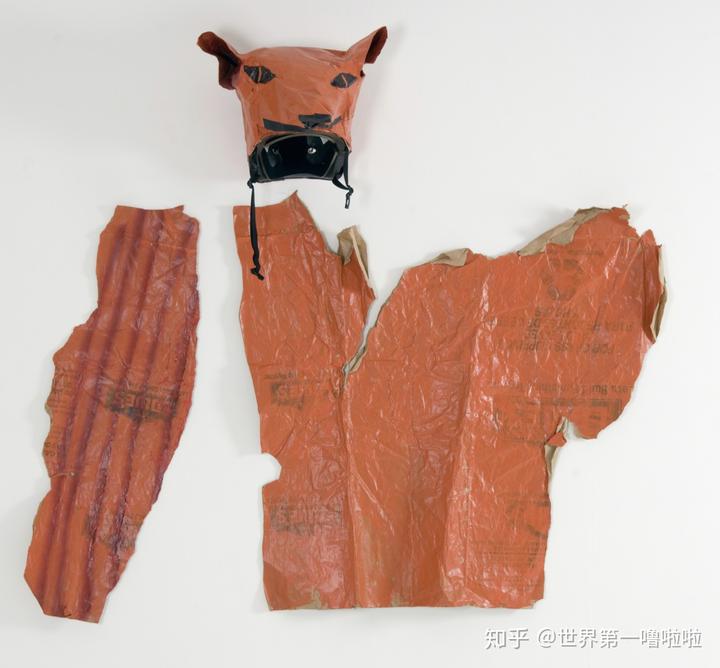

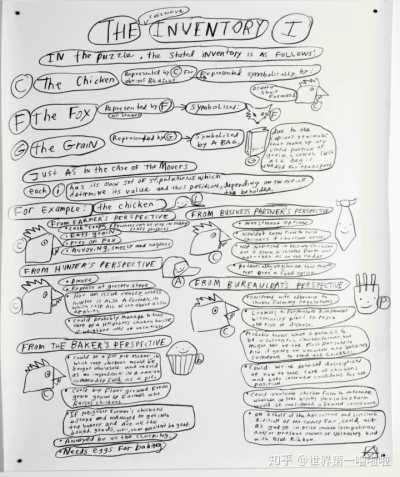
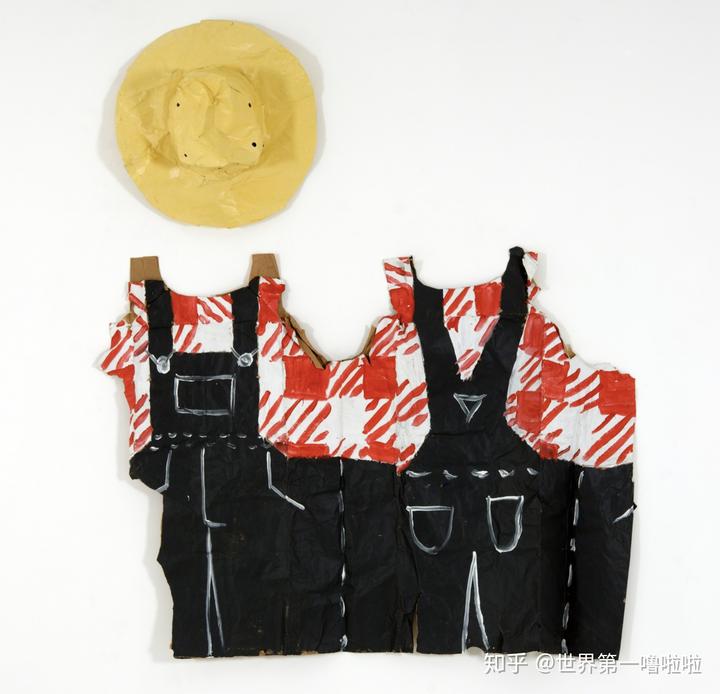
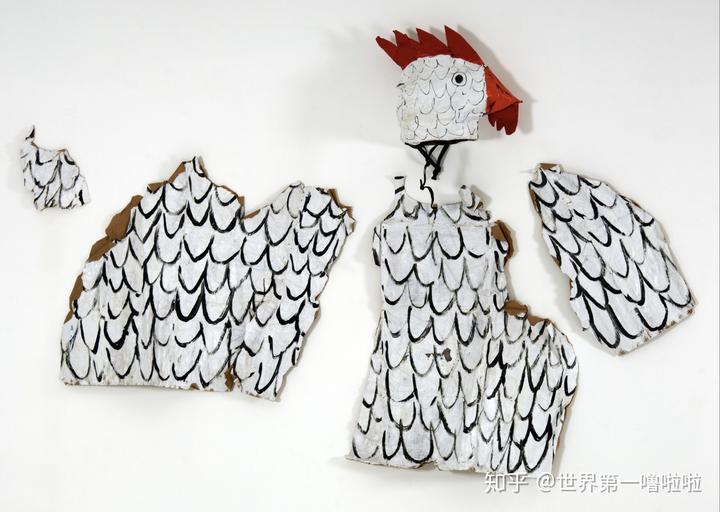
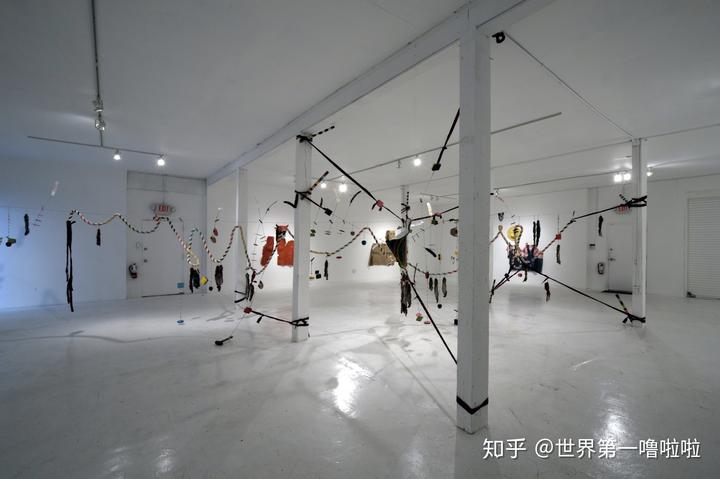
Chiharu Shiota
Chiharu Shiota is known for her performative installations in which she weaves human-size webs from black thread, turning entire galleries into labyrinthine environments and often enclosing personal objects or even herself. Inspired by the installation and performance art of the 1970s, Shiota left Japan for Berlin to study under Marina Abramovic, whose influence can be seen in Shiota’s endurance-based performances like Try and Go Home (1998), in which the artist smeared her body with earth, entered a hole, and fasted for four days. Shiota’s work is also influenced by and aligned with that of Rebecca Horn, Ana Mendieta, Louise Bourgeois, and Eva Hesse, revealed in her use of materials and performative exploration of states of anxiety, oblivion, and remembering.
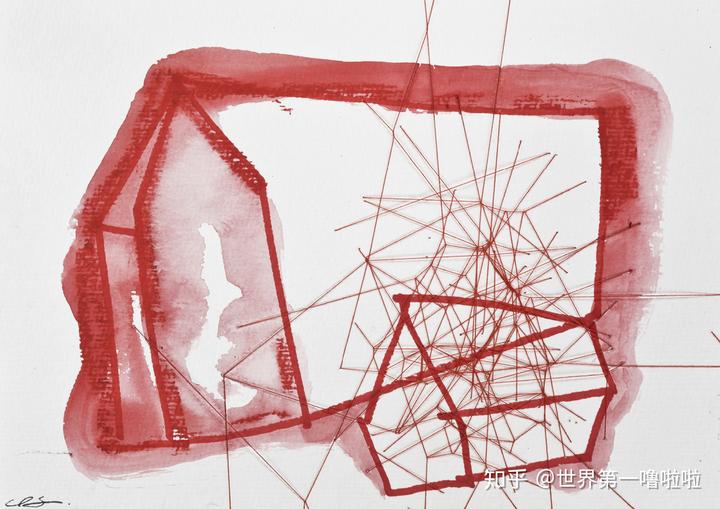
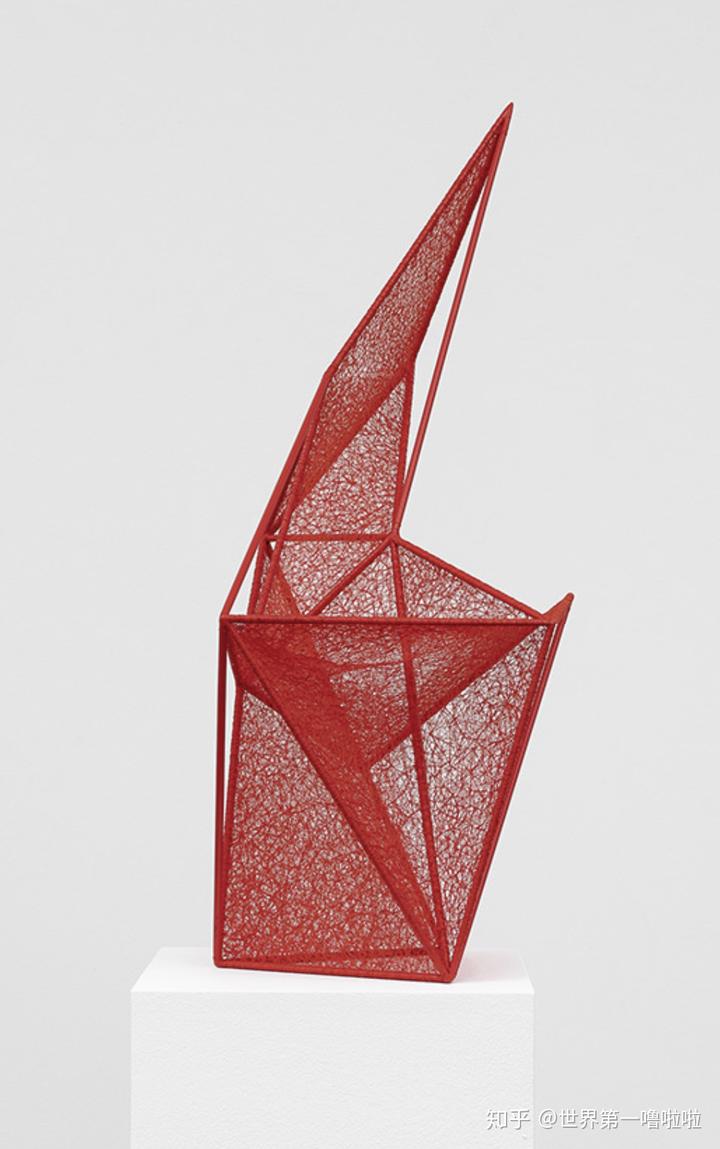

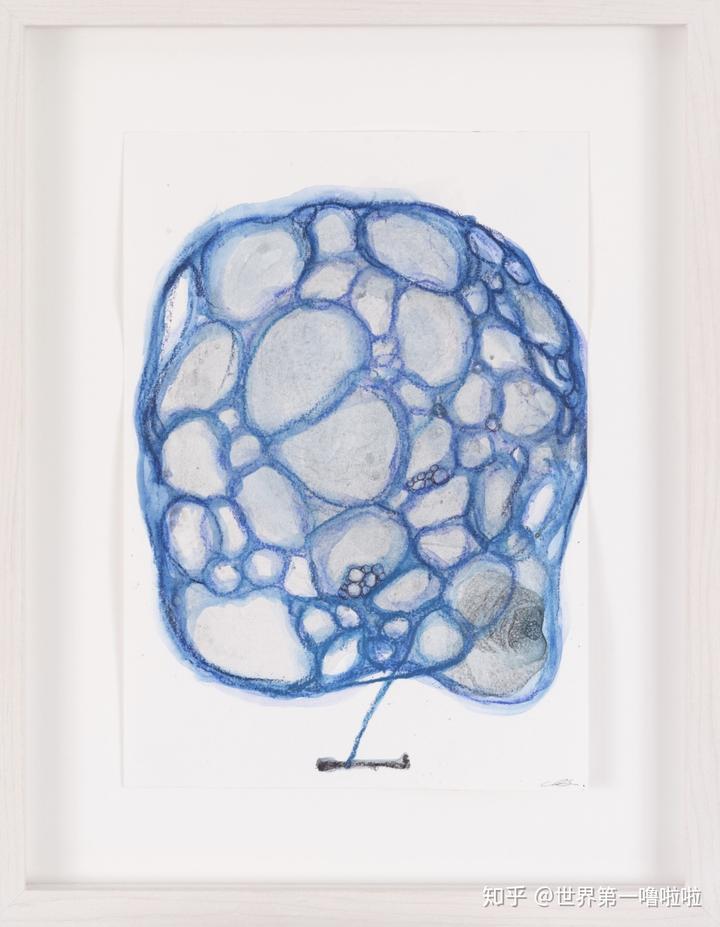
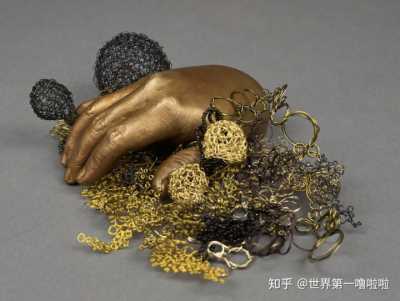
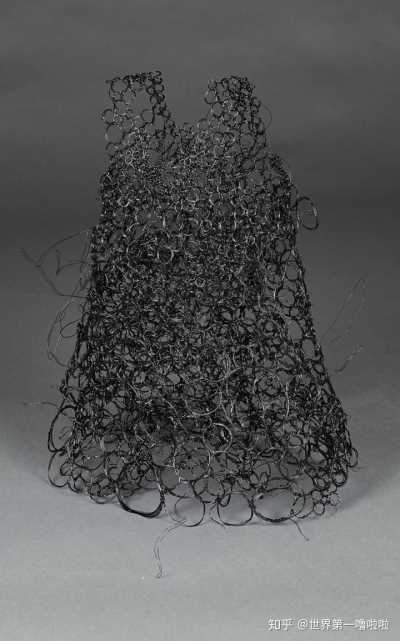
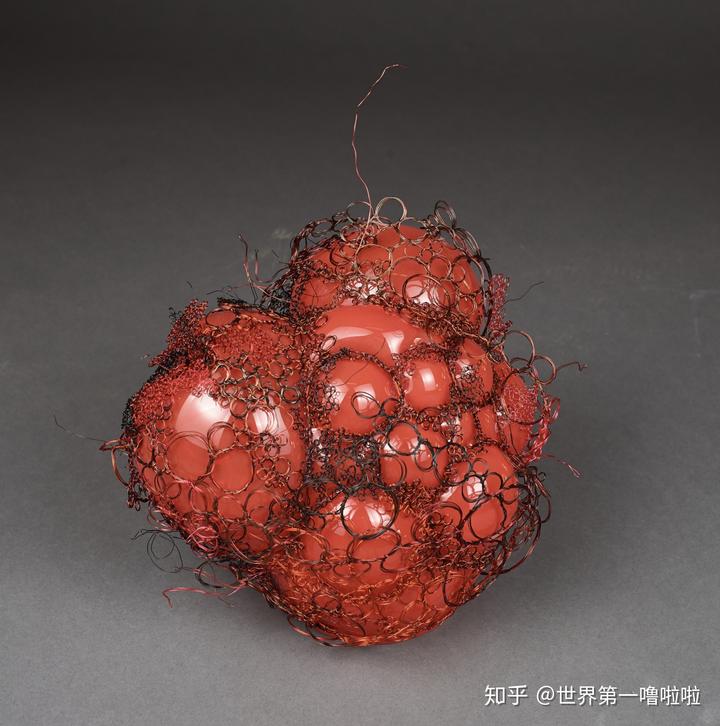

Haegue Yang
Known for using utilitarian household items, from space heaters to extension cords, and placing them out of context, Haegue Yang’s works reflect the transitory nature of the artist’s own experience of living and working in multiple locations. Her works in video explore displacement and alienation in both geographical and personal terms through a combination of fiction and documentary. Yang’s visual, sound, and olfactory installations reveal the intersections of public and private. To this end, she often includes complex formations of ordinary Venetian blinds, which provide porous boundaries for viewers to navigate around. The installation Non-Indépliables (2006 –2011) features drying racks clothed in layers of colorful yarn or adorned with hanging lightbulbs, wires, and assorted pieces of fabric.
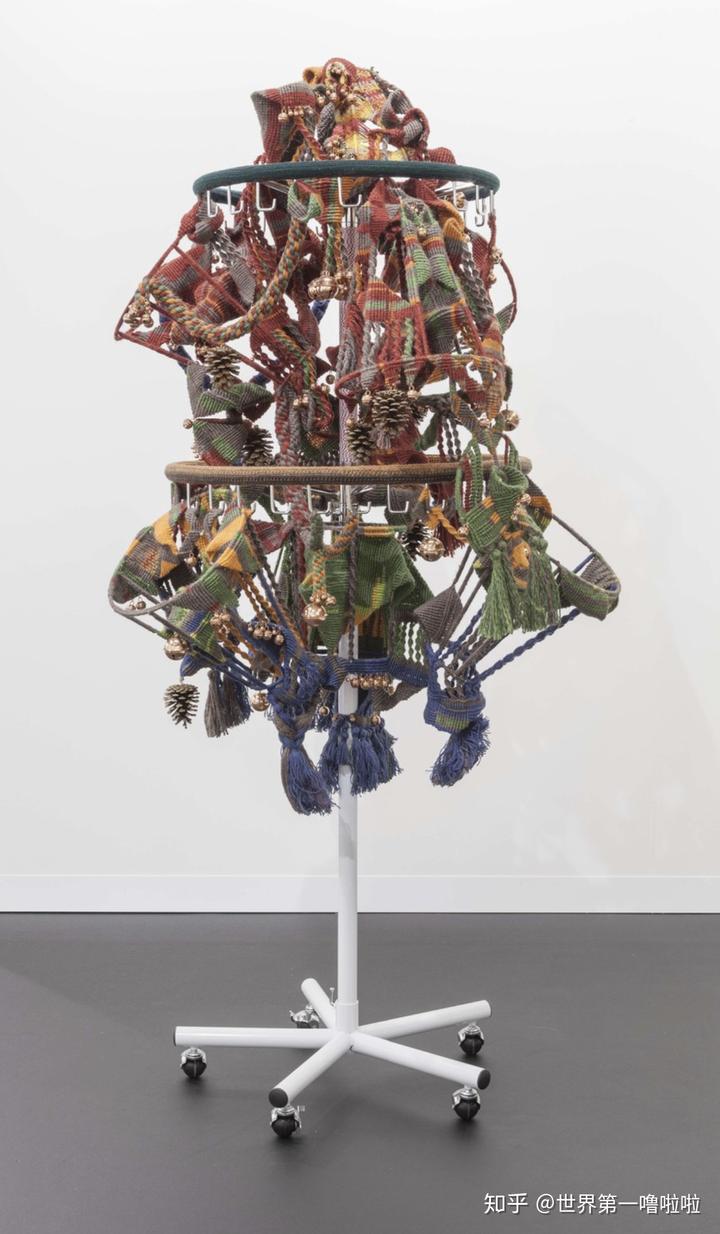
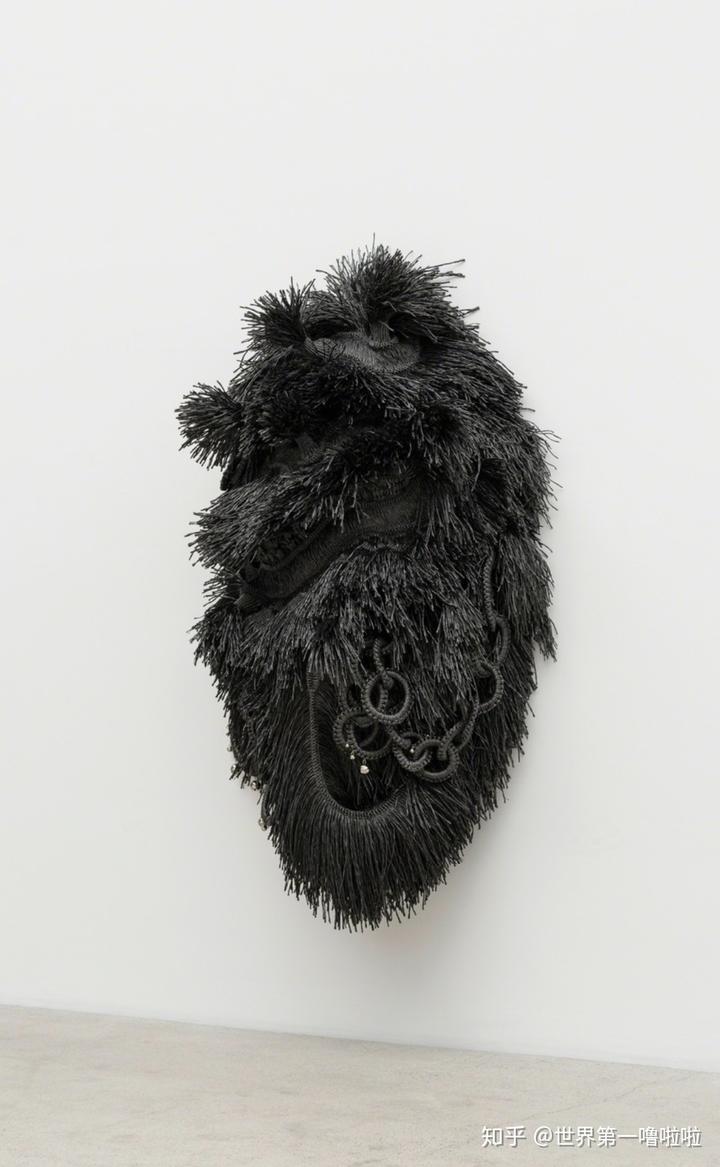

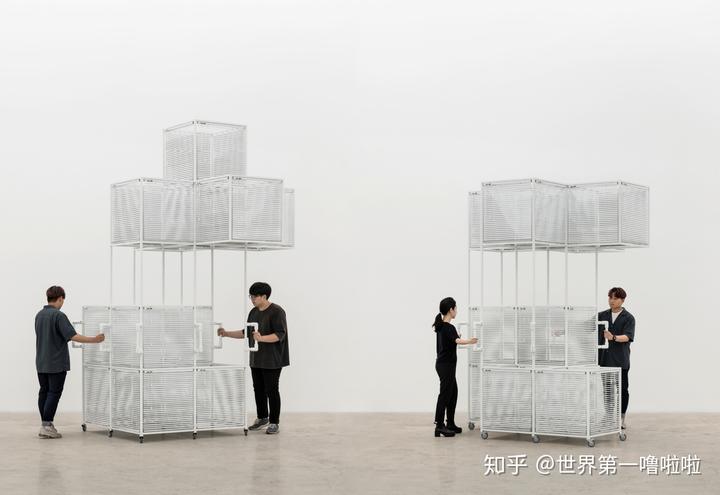
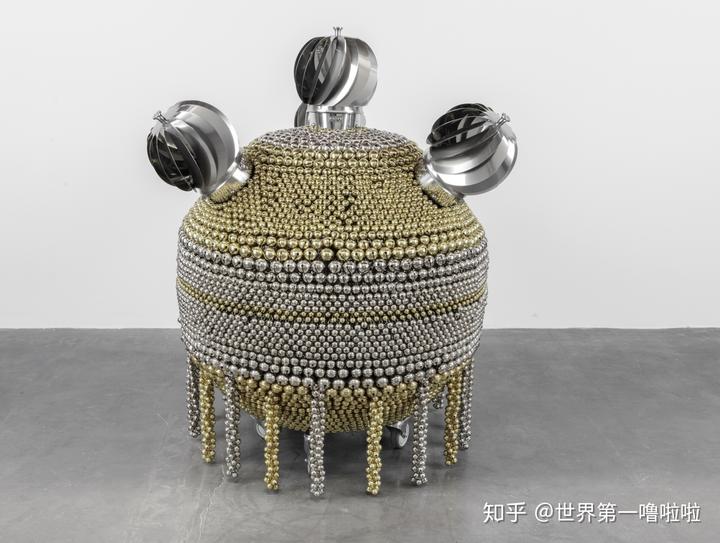

Ilya Chichkan


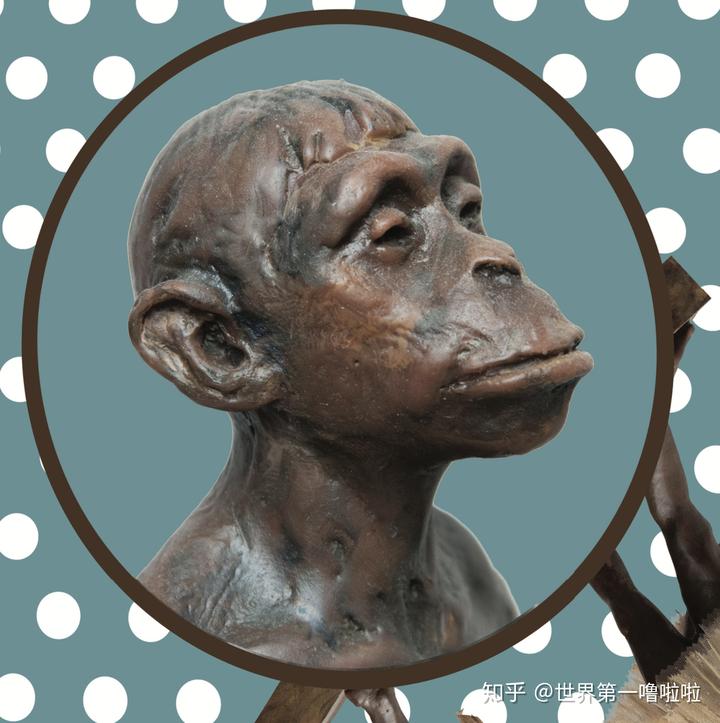
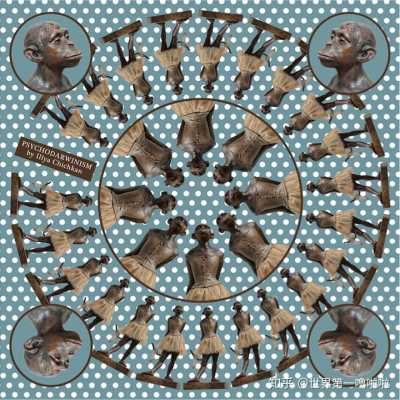
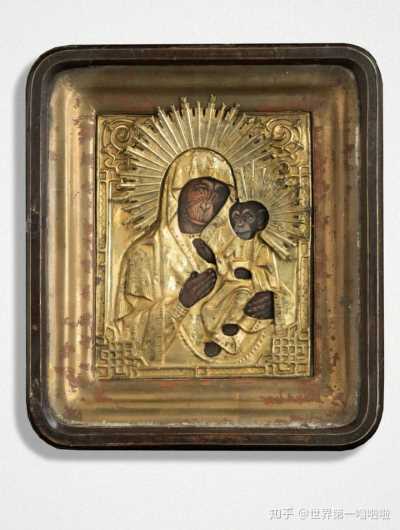
The Exhibition “Psychodarwinism: the Evolution of Psychos” is a common project of the artistic family – the father Ilya Chichkan and the daughter Sasha Chichkan. These particular artworks created by the Iliya Chichkan. Artist applies here to his subject that he has been researching for years. He calls it Psychodarwinism. “Chichkan is guided by the revolutionary cross between the theories of Darwin and Freud. As a result, “psychodarvinism” appears аs the idea that the monkey was transformed into a man not by work, but by emotions, sex, and war,” podrobnosti.ua successfully explained.
Chichkan is quite a radical artist whose career is built on rethinking the power of man over nature. He takes another primate, a monkey, as a basis, and assigns human's regalia to it, and integrates him into various life situations peculiar only to humans creating a world of the alternative evolution. In his ironic manner, Chichkan creates a conversation about complex questions of ethics and public morality, of what is considered to be good and bad. He is constantly on the verge of experiencing public patience.
Thus, the project “Psychodarwinism: the Evolution of Psychos” caused a scandal and the exhibition was closed because right-wing radical groups did not agree on how the artist portrays the holiest (in all senses) that the nation has –– the icon. By depicting a monkey instead of a canonical saint, Chichkan depriving the icon of the “magic power” that is capable of a miracle. And he creates a new image –– a certain living creature, which, like the one depicted on the icon before –– no one knows. In fact, not many changes visually, but ideologically everything is changed.
The artist works with antique icons that he buys in street markets. In fact, they lost their value for owners as they were literally on the street. But as soon as the artist takes back the icon to the market (doesn't really matter which one –– the art or religious market), the icon is suddenly beginning to have meaning for society again. Thus creating some kind of double standards of what is considered the value and what is not. In this sense, the project of Ilya Chichkan, among other things, raises quite interesting questions about the public values in general and the role of religion in the societies of the XXI century in particular.
Vitaly Yankovy

